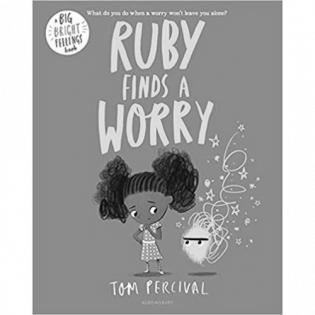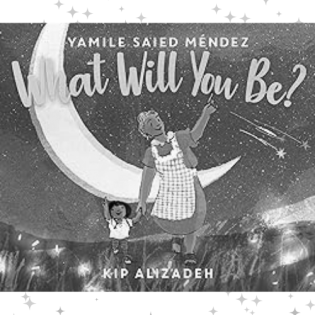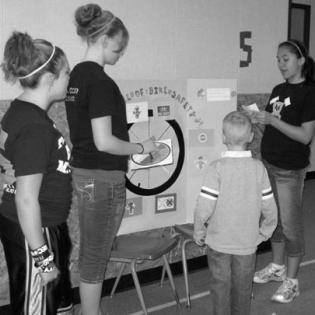This is the story of Kogi the priest. Actually, his given name was Eizo, and as a child he loved the sea. He grew up in a fishing port and the sea, the waves, the beaches, filled his childhood. As a child he was something of a dreamer.
Filter by subjects:
Filter by grades:
Filter by audience:
Filter by issue area:
Filter by content type:
Filter by resource type:
resource search
Ruby is a creative, adventurous girl who one day finds out that she has a worry. She hides the worry, so it grows and stops her from being her adventurous self. This book guides conversations about worries as something we can be aware of and control.
Through folktales from around the world, learners explore humans' important role as caretakers of the Earth and the role of civil society in environmental stewardship.
These Australian folktales compare selfish and unselfish behaviors and tell the origin story of our permanent responsibility as caretaker of the land.
Learners analyze characters in five European folktales, particularly female characters. They analyze what small acts of kindness contribute to both the giver and receiver.
When life is at its most difficult and grief is great, a generous sacrifice can move the spirit toward life again. In these folktales, two Inuits face death with a truly generous spirit.
This book explores the question "What Will You Be?" with generous, curious, and loving role models rather than those who hold specific jobs. The book and discussion help readers follow their inner voice and envision a bountiful and beautiful world.
Teach traits such as responsibility, fairness, and integrity through 20-minute creative lesson plans that provoke conversation and reflection. These character education mini-units, created by teachers for middle school classrooms, contain critical thinking, group interaction, and application of philanthropic principles while students explore nine different character traits. Great for a year of Advisory!
Students follow the example of philanthropists who impacted their community by cooperating rather than competing. Students identify their own giving passions and cooperate with each other and a community organization to plan a project. Examples of "cooperative philanthropists" are taken from the...
by Alllison N. Stitle


